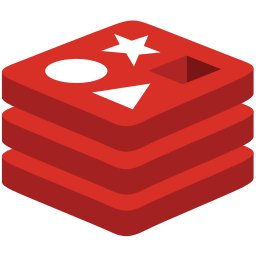| intro | Neon is a serverless open-source alternative to AWS Aurora Postgres. It separates storage and compute and substitutes the PostgreSQL storage layer by redistributing data across a cluster of nodes. | Redis (REmote DIctionary Server) is an open source, in-memory, NoSQL key/value store that is used primarily as an application cache or quick-response database. | in their own words - but I reserved the rights to remove some bold claims like "the best", unless it is widely recognized. |
| vendor | Databricks | Redis | |
| initial release | 2021 | 2009 | |
| latested version | 8717 | 8 | We don't put a release date here as the software is patching frequently. So tracking it is not much useful. |
| supported platforms | Linux and OSX Databricks acqured Neon on 05/2025 | RHEL, Ubuntu, Amazon Linux Here is the Redis Enterprise version. The open source one shall be runnable on *BSD, Linux, MacOS. | supported OS/CPU platforms |
| db-engines ranking | no ranking | 7 | ranks from https://db-engines.com/en/ranking (06/25) |
| relational? | yes | no | Is it a relational database? (1) Most database are actually with some extensions, for example, nested data types, graph support, etc, which we usually called "multi-model". (2) Some of them are product family, meaning they have more than one database. Here we focus on the main one but explain others when needed. |
| open source? | yes | yes/no | mainly the engine code |
| license | Apache | Tri-licensing model Starting with Redis 8, Redis Open Source is moving to a tri-licensing model with all new Redis code
contributions governed by the updated Redis Software Grant and Contributor License Agreement.
After this release, contributions are subject to your choice of: (a) the Redis Source Available License v2
(RSALv2);or (b) the Server Side Public License v1 (SSPLv1); or (c) the GNU Affero General Public License v3 (AGPLv3).
Redis Open Source 7.2 and prior releases remain subject to the BSDv3 clause license. | |
| cloud offering | cloud vendors | Redis Cloud | |
| technical doc | https://neon.com/docs/introduction | https://redis.io/docs/latest/ | |
| on-premise offering | | yes | if no means you can't buy "box" software from them |

 Comparison: Neon vs Redis
Comparison: Neon vs Redis
 Comparison: Neon vs Redis
Comparison: Neon vs Redis